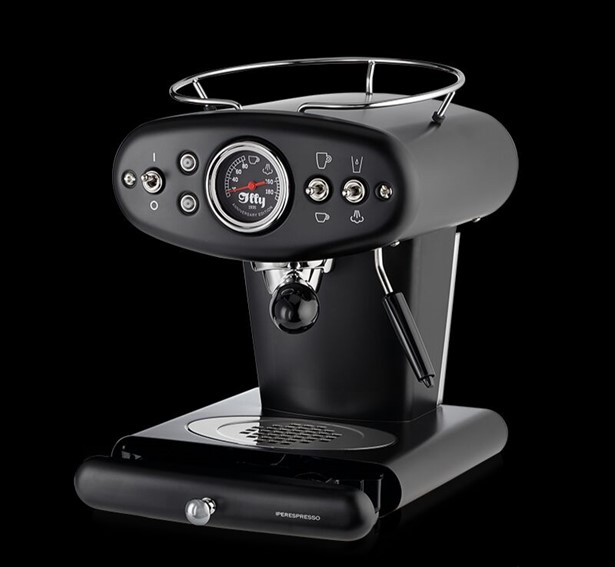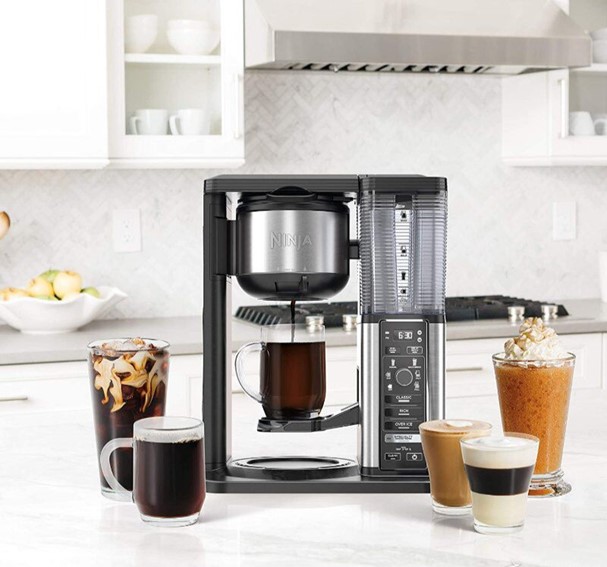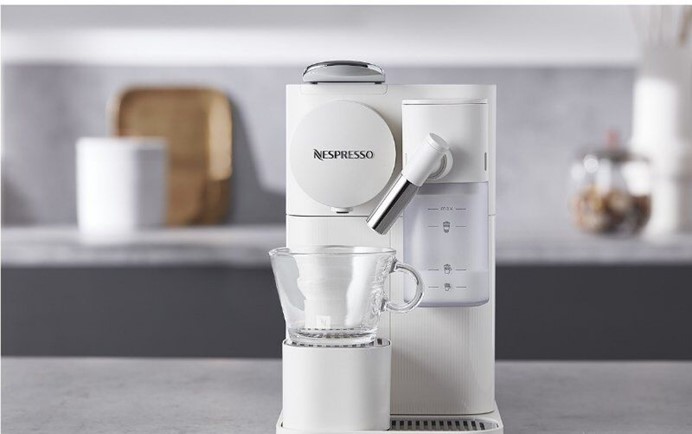
Coffee is an essential beverage in daily life, the love for it is no less than three meals a day, but for its history of development we can not gush, today we continue to take you to enjoy the wonderful history of the development of the coffee machine.
The previous period mentioned that this steam pressure coffee machine can be found everywhere in Italian coffee shops. But the Italians are apparently not very happy with the results of the steam pressure coffee maker. Through the steam should be able to increase the pressure, but the intensified heat may make the coffee powder in the cooking process is burned, losing the aromatic oils hidden in the coffee powder, and more extracted double the bitter coffee.
Therefore, it was thought: is it possible to directly pressurize the hot water, rather than boiling the water to steam as pressure? Between the two wars, people use the natural pressure of water flowing from the tap to increase the pressure of the coffee blend. The coffee machine uses electricity to quickly heat a small pot of water to the brewing temperature, and each pot of water makes one serving of coffee, with each small pot connected to the faucet.
The operator simply presses the lever on the kettle and the pressure of the tap pushes the hot water from the kettle to the coffee grounds. In general, the pressure generated by this coffee maker is greater than the 1.5 atmospheres generated by a steam pressure coffee maker, depending on the regional differences in water pressure.

The height of this coffee maker is not too different from that of a steam pressure coffee maker, but the overall size is smaller. The appearance was more in line with the trend of the late twenties and thirties, with straight lines and geometric lines instead of the curved shape of steam pressure coffee machines.
Another way to generate more pressure than 1.5 atmospheres is to use compressed air. For example, a home coffee machine in Milanes collector Ambrogio Fumagalli used air to pressurize the hot water used to make coffee (during World War II).
In 1938, Francesco IIIy made the ‘llletta’ coffee machine, a large commercial coffee machine using the principle of compressed air. Before World War II when the crossbar on the coffee machine was lifted, water was injected into the space originally occupied by the piston, and when the crossbar was pressed down, the pressure on the piston would inject the level evenly into the coffee powder in the filter, which meant that hot water could be brewed without scalding the coffee powder while it was still boiling.
During the same period, Achille Gaggia, the owner of a cafe in Milan, also utilized a similar … Brewing coffee. This … was gradually adopted by other coffee machine manufacturers, so this new type of coffee machine also gradually replaced the steam pressure coffee machine.

Today, the application of this principle can still be seen in the home machine —- La Pavoni. A brief history of the development of coffee machines III before World War II, although the use of steam as a source of pressure to avoid the disadvantages of easy to scald the coffee powder, but because the pressure is transmitted through the piston arm strength to push the hot water, not only requires a strong arm, but also the pressure is not easy to stabilize.

World War II puts a stop to Cremonesi and Gaggia’s work on improving the coffee machine. When Cremonesi died during the war, he left the patent for the coffee machine to his widow, Rosetta Scorza.
Whether Rosetta Scorza told Gaggia about the patent, or whether Gaggia’s design was entirely his own invention, is not known.
The operator simply presses the lever, the spring is compressed, and hot water is injected into the space between the piston and the coffee powder.
Is not found that the inventor is really full of wisdom and practical hands-on ability! Go for it! The next inventor may be you!

